What do you mean by saying “FUE can be done in one surgery (our group did as many as 2600 in a single patient in a single session) or it can be done multiple day surgeries”? You said that this does not mean that FUE produces viable hair, so does that mean that you see less success in FUE procedures???

Anyone can claim that they are an expert at a procedure, but where is the credibility? The results of an FUE procedure in good hands will be as good as the standard strip procedure, but yet all FUE grafts are not equal. In our original article, we talked about the candidacy of patients, where some patients were better suited for FUE than others. Now the non-candidacy group is smaller, but the quality of the grafts may become an even more important issue.
For the future, we can look to the past, as Dr. Jae P. Pak’s engineering work led to a robotic application and a U.S. Patent granted for the FUE technique in 2003 (U.S. Patent 6,572,625). We can expect to see a robotic application coming out in a year or two.
In brief, Follicular Unit Extraction (FUE) can produce damage that range from transection (cutting) of the hair follicles to avulsion of vital elements of the graft. The percentage of such damage should be under 10 percent. When compared to the traditional strip surgery, the follicular units taken under the microscope from the strip excision are mostly perfect. The FUE procedure is not as time efficient as the strip either. Local damage to each individual follicular unit depends upon:
- the skill of the doctor
- the instruments and techniques used
- the tissue characteristics of the patient
Most doctors do not classify the quality of each individual FUE graft nor do they calculate the transection rate, so the integrity of the doctor in making this assessment is just as important as his/her skills. Please note that nothing is 100% and always be wary of doctors or salesmen promising you 100% success rates, or a willingness to take on any patient for an FUE, or flippant comments like ‘our grafts’ do not get damaged. Always ask the doctor how he/she knows. Look at the picture of the three grafts below. The graft on the left is a normal FUE three hair graft with good fat and fibrous tissue surrounding the follicular unit, the one in the middle shows transection of one out of two hairs (only one hair may grow, but it is denuded of skin so it may not grow to its full bulk), and the one that is on the right is a three hair follicular unit which shows that the follicles have been stretched and the surrounding supportive tissue has been stripped away (these grafts will ‘probably‘ grow, but they may not have their normal width when they grow out). If this patient had coarse hair normally, the graft on the left would be coarse when it grows (like his normal hair), the one in the middle might be less than coarse (less than his normal) and the one on the right may be ‘finer’ hair. A coarse hair has better bulk and better coverage for this patient than a ‘fine’ hair and the results of the fine hair graft when and if it grows will almost certainly disappoint the patient when compared to what it should have been. Click the photo to enlarge.
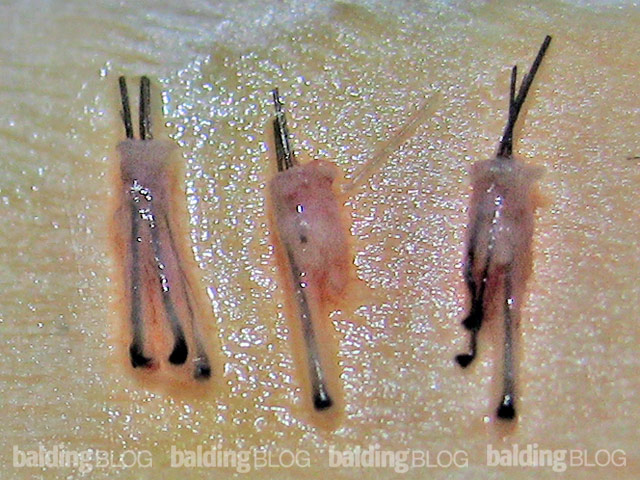
For further reading about the FUE process, please see What Doctors Don’t Want You to Know About FUE.
Errors: http://baldingblog.com/photos/061214_fuegrafts.jpg is not accessible or supported filetype.

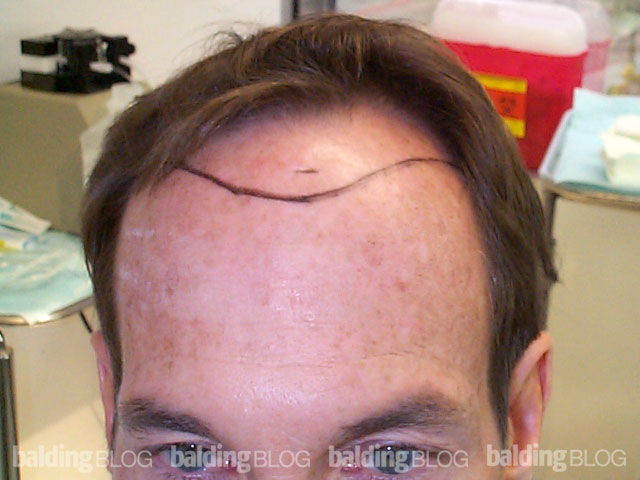
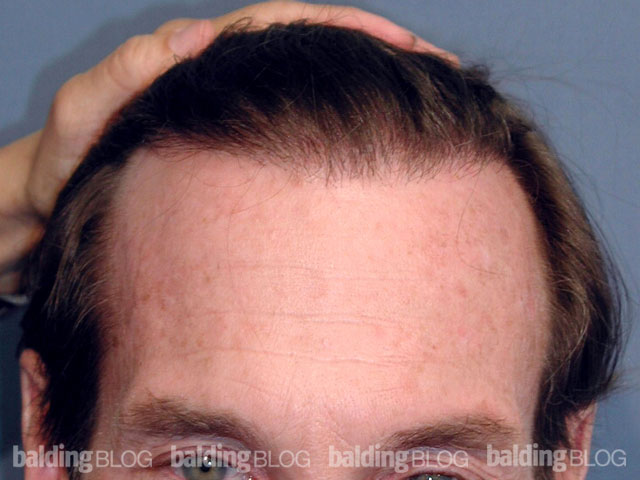
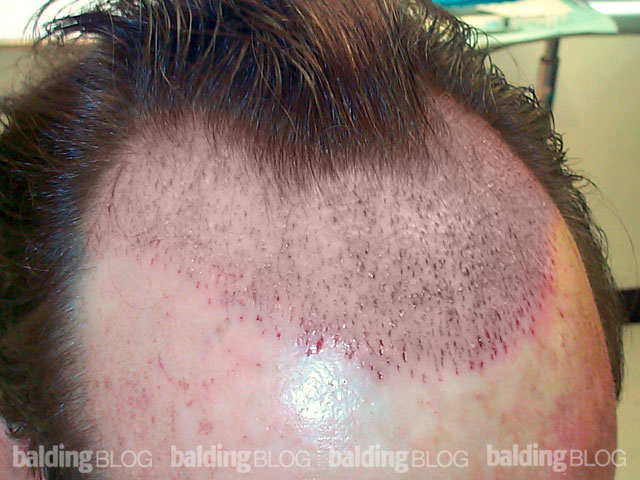
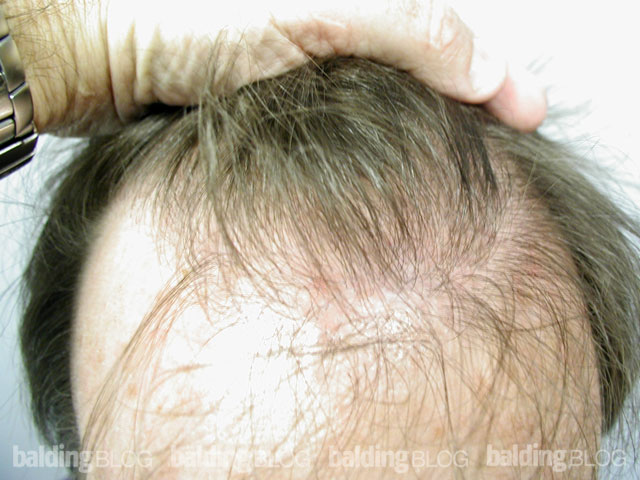

 Thank you for the letter and finding BaldingBlog. First, I need to point out to readers that I have no way to verify if this is a legit email from the actual inventor of Rejuvx, but I have no reason to think otherwise so I’ll take it at face value.
Thank you for the letter and finding BaldingBlog. First, I need to point out to readers that I have no way to verify if this is a legit email from the actual inventor of Rejuvx, but I have no reason to think otherwise so I’ll take it at face value.